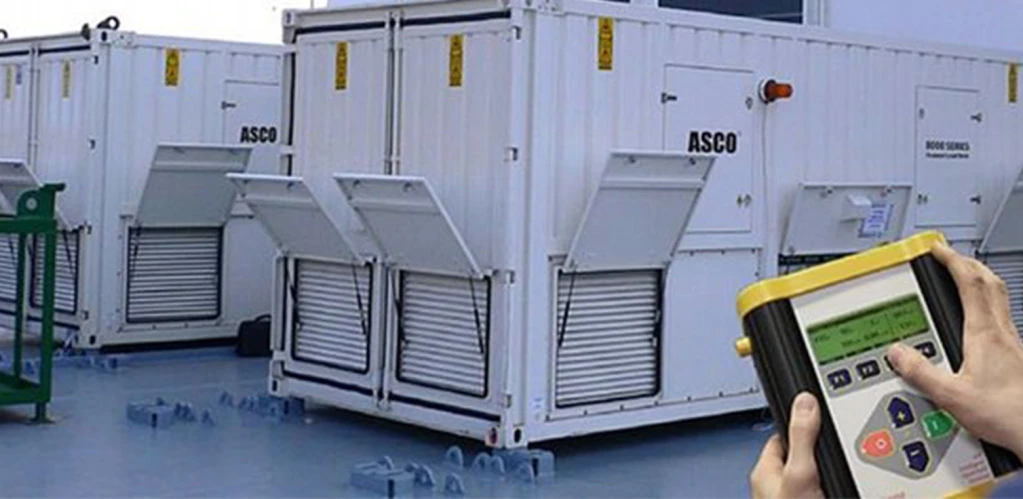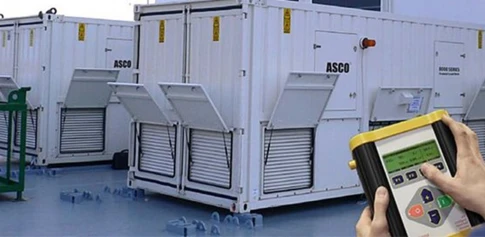Generator Load Bank Testing
Alpine Power Systems' experienced technical support & sales team is here to assist your needs:
A generator load test from Alpine Power Systems will ensure that your standby generator will support your load when an emergency situation arises.

On this page:
A generator load test from Alpine Power Systems will ensure that your standby generator will support your load when an emergency arises. Annual load testing is critical to confirm your generator can handle the demanded load when necessary, and some insurance companies demand it as part of their policies. Alpine Power Systems offers comprehensive and custom load testing services depending on your needs.
When utilizing Alpine Power Systems for Generator Load Testing, a service team member will be dispatched to your job site equipped with a portable load bank, allowing the generator to be load-tested safely in controlled conditions, at a time that suits your needs. Alpine tests the generator over a range of loads, while monitoring and analyzing data over the course of the visit. The load test data is recorded, reviewed, analyzed, and then reported to the end-user. If further action is needed to take place, Alpine can offer generator maintenance, repair, and replacement services.
Importance Of Generator Load Bank Testing
Standby generators can remain unused for a lengthy amount of time, awaiting a power cut before smoothly intercepting it. These diesel standby generators that run rarely and or lightly loaded can build up fuel deposits in parts of the engine over time, which may leave your standby generator with reduced output capacity when it is needed most.
A load bank test ensures that your standby generator will run properly when it is needed so that you can depend on its proper operation during a power outage. A proper load bank test will determine whether your generator can operate and maintains its full kilowatt (kW) output rating. Most standby generators do not operate at their full kW rating during their routine exercising.
Load bank testing is a mandatory requirement for some backup power generation applications. Emergency power generation systems fall under several regulatory oversight conditions and code requirements. The National Fire Protection Agency (NFPA) and the National Electric Code (NEC) have both drafted rules which pertain directly to the load bank testing of emergency generators.
Generator Load Bank Testing Process:
Check The Gauges – Before beginning the load test, an Alpine Service Representative will do a comprehensive check of all the generator's gauges. Your generator must have enough fuel to undergo the load test.
Generator Start-up: Prior to starting the load test, an Alpine's technician will start your generator and let it run for some time. An Alpine Certified Technician will then listen for any unusual sounds or abnormalities while the generator is running. If the generator appears to be performing properly, then Alpine can get underway with the load testing process.
Load Connection: Alpine's Service Rep will begin connecting the load bank device. Make sure that the cables are of high quality. Add the weight slowly. You can begin with a large weight of 220 volts and add a small weight of 110 volts. Ensure that the total load capacity on each leg does not increase more than 50 percent of the generator’s total load capacity.
Gauge Measurements: While the load bank testing process is underway, an Alpine Service Rep will check and record the measurements on your generator’s gauges.
Monitor the Generator: Alpine's service team will carefully monitor your generator while the test is in progress. Alpine will analyze the generator’s performance by looking for overheating; we will check the exhaust system, listen to any unusual sounds and working behavior. If an Alpine Representative notices any issues, then we will shut the generator down and perform some additional assessments of the standby generator. The length of the load test depends upon the type and size of your generator.




